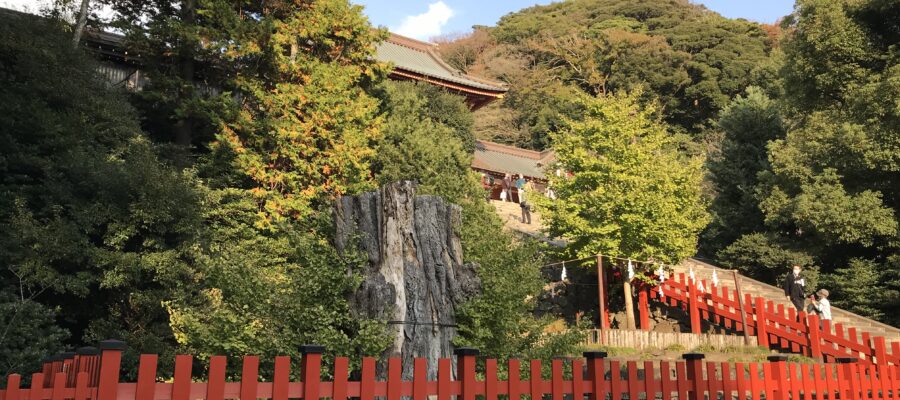参道を歩いていく
鎌倉に来ました。人が多い賑やかな通りを通らずに、源頼朝の妻、北条政子の安産を祈願して造られた参道(段葛)を通って鶴ケ丘八幡宮へ行くことにしました。鳥居前の左右の狛犬は、コロナ禍の影響でしょうか、大きなマスクをつけていました。
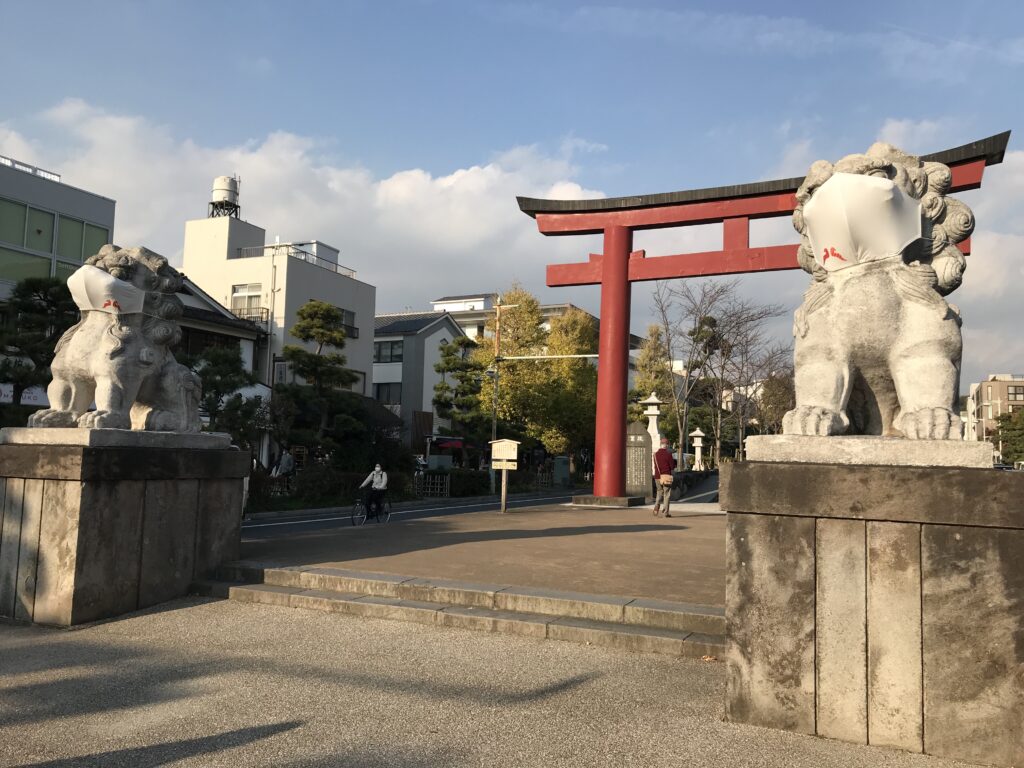
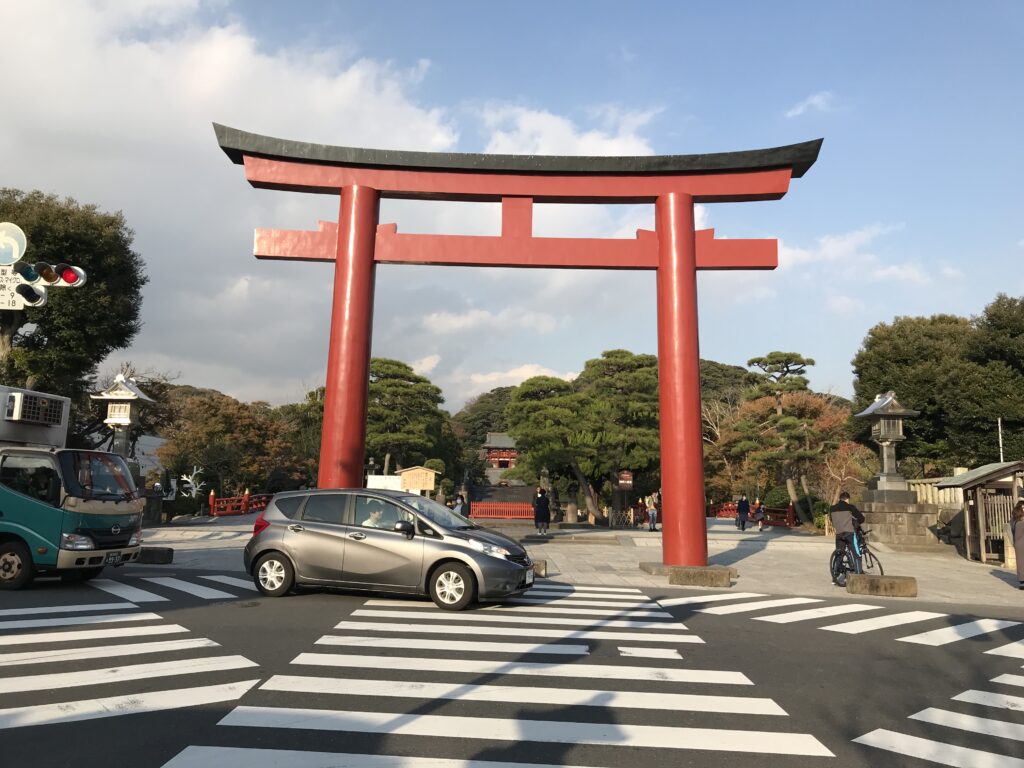
大銀杏の切株に感慨ひとしお
参道を抜けて鳥居をくぐって境内に入りました。下拝殿である舞殿でお参りをした後、大石段の前まで歩いてきました。石段に向かって左には、大銀杏の大きな切株が残っています。樹齢1000年を数えた大銀杏が強風で倒れたニュースを見たときは非常に残念に思いました。
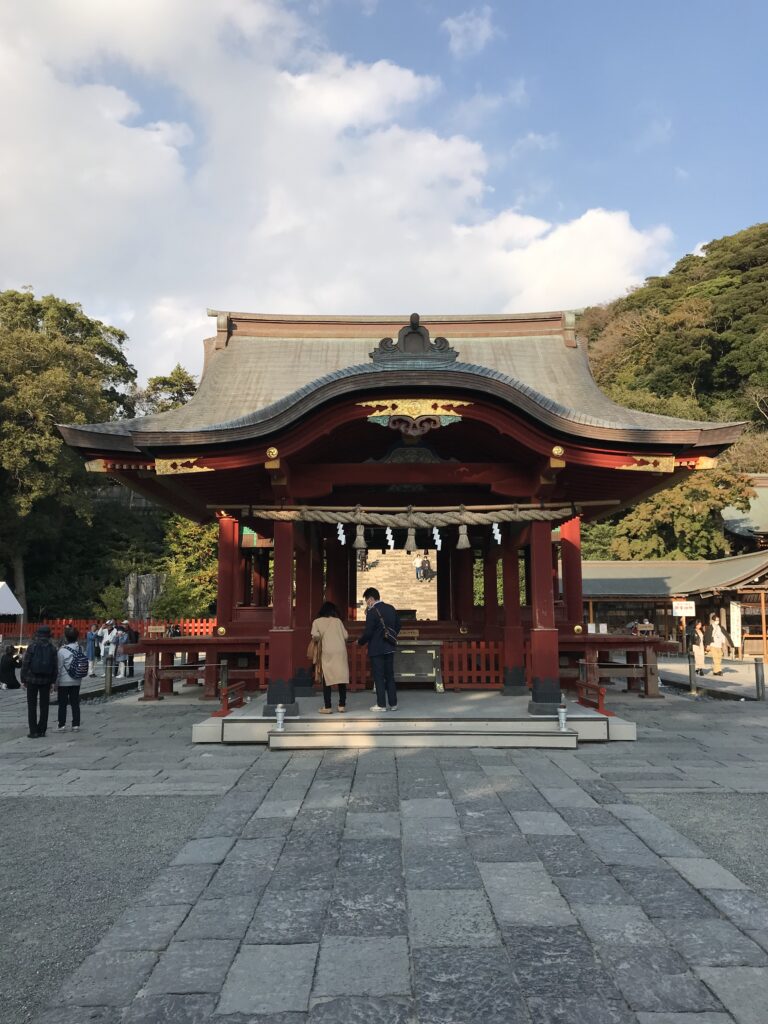
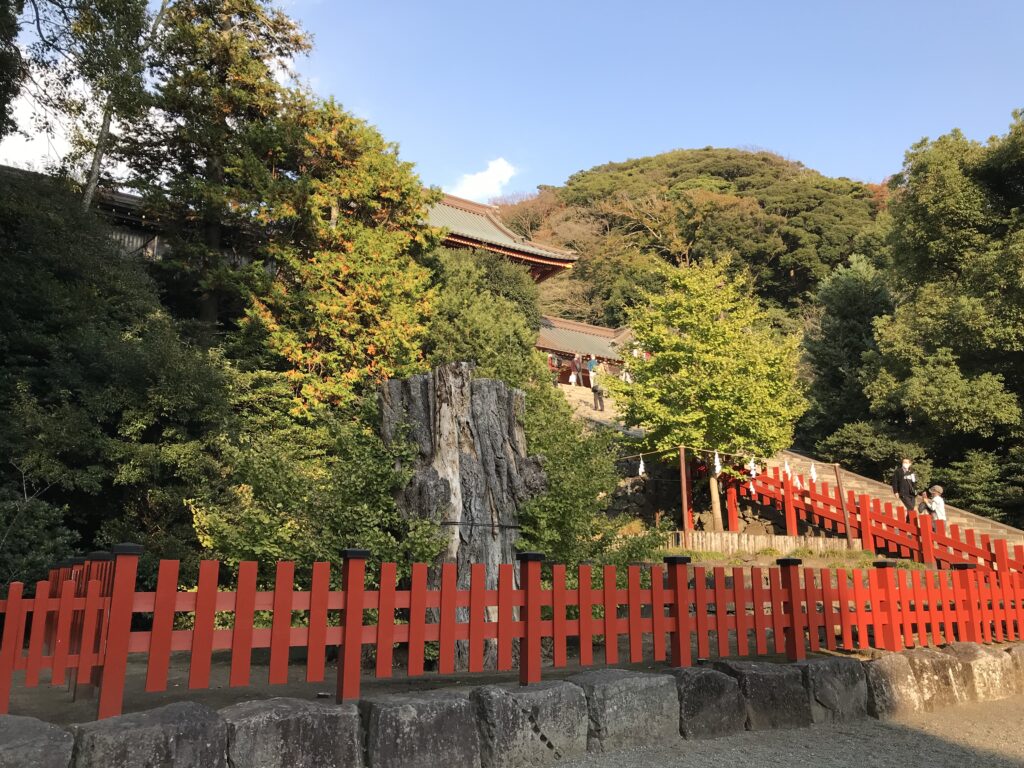
源実朝暗殺の前に、公暁が隠れていたとされる大銀杏ですが、かつて初めて鎌倉に来たときは、この大銀杏はまだ健在でした。歴史の証人と言いますか、歴史的事件の息吹を感じ取ったイチョウの木の実物を、倒れる前に見られたことは、今思うと感動ものです。現在は根元から新しいイチョウの木が出てきているそうです。
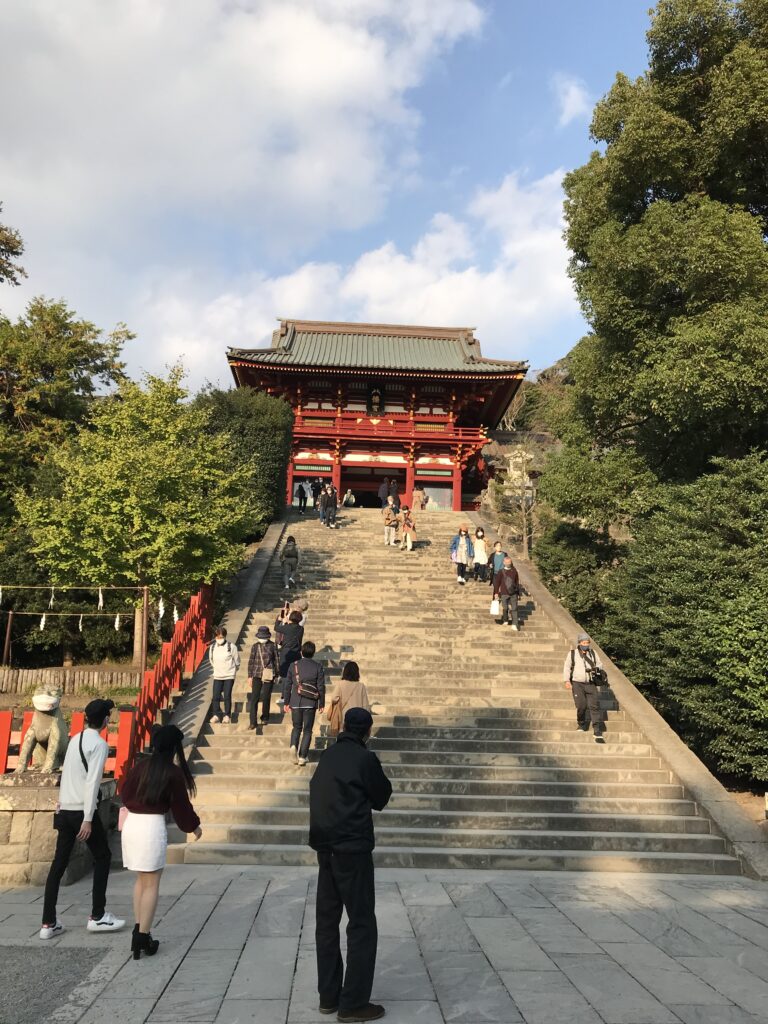
武家の新しい都
大石段を登って本宮まできました。「参拝のしおり」によると、現在の建物は1828年に造営された江戸建築です。色も綺麗に塗られているので、歴史よりも常若を感じさせてくれます。
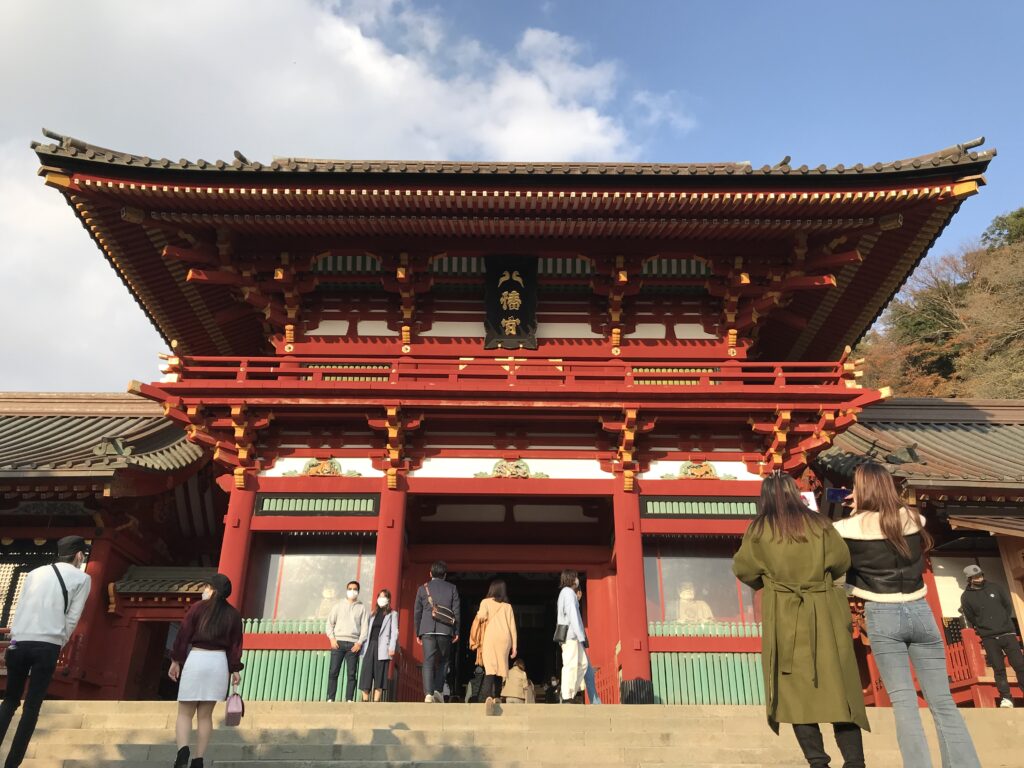
御参りしたあと、大石段の上から下側と、その先の方を一望しました。空気が澄んでいれば、ここから鎌倉を一望できるようです。京の都から遠く離れたこの地に、武家の都を造った源頼朝もここから海の方を見て、新しい日本をどのようにしていこうかと考えたのでしょうか。その時から始まった武家の世が800年も続くとは考えていなかったかも知れませんが。(完)
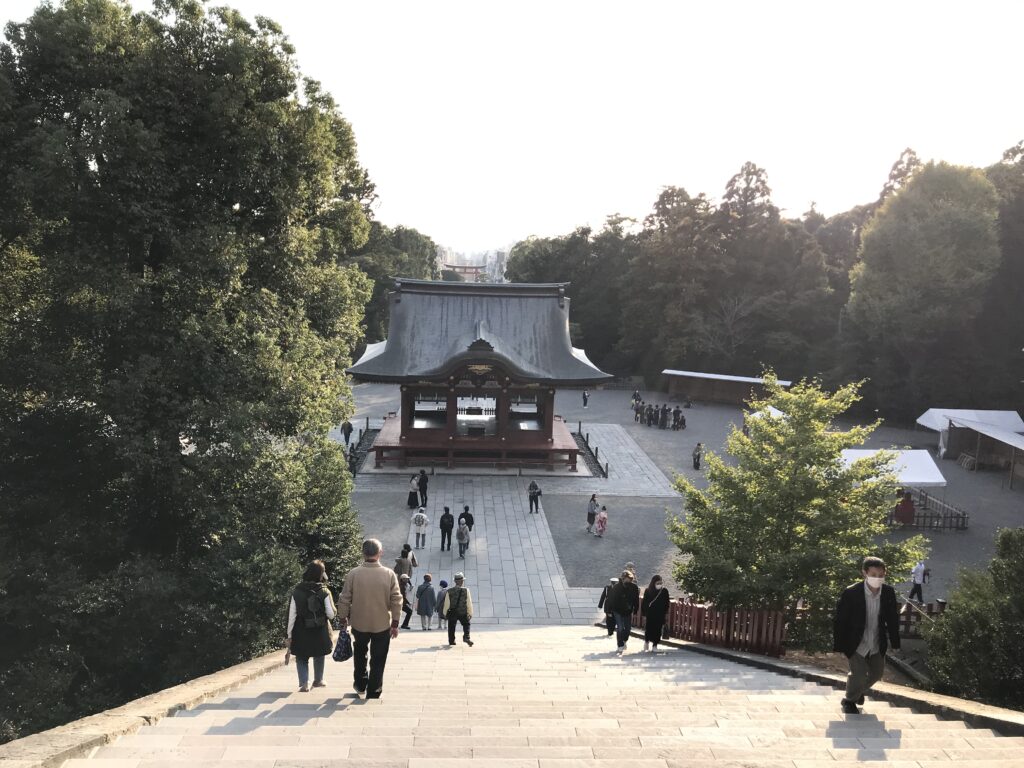
鶴岡八幡宮の御朱印
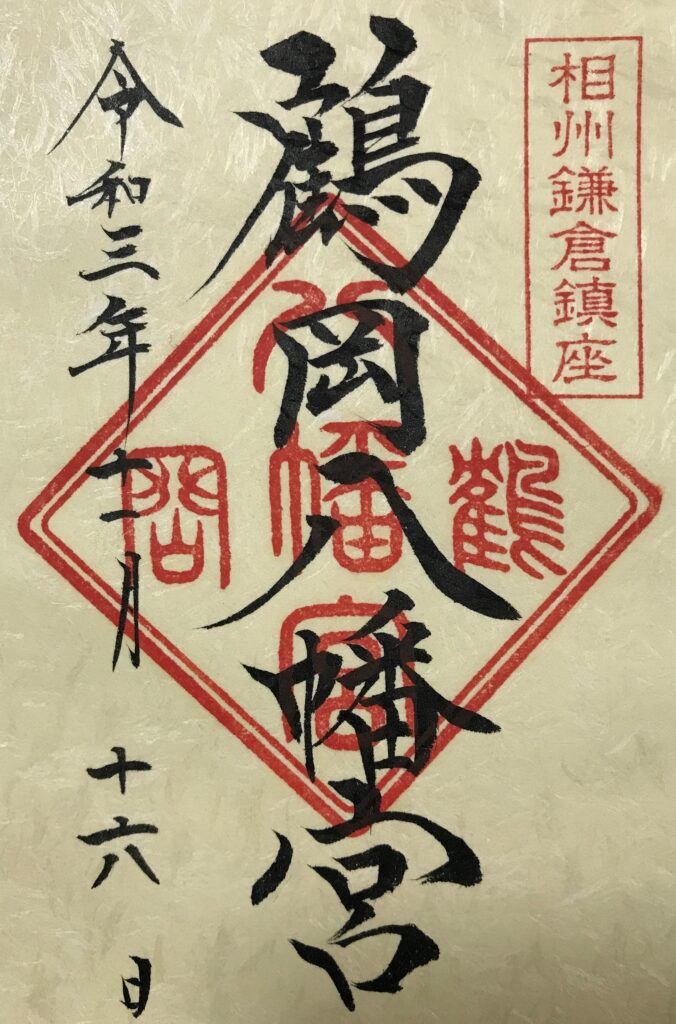
鎌倉のお土産
鎌倉と言えば、「鳩サブレ」ですかね。私も買いました。定番の味なので、お土産にも安心して買えます。
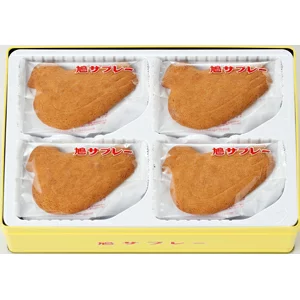
価格:3,240円
(2021/11/21 22:21時点)
感想(115件)
Tsurugaoka Hachimangu Shrine
Walking along the approach
I came to Kamakura. Instead of going through the crowded streets, I decided to go to Tsurugaoka Hachimangu Shrine along the approach (Dan-katsu), which was built to pray for the safe delivery of Minamoto no Yoritomo’s wife, Hojo Masako. The guardian dogs on either side in front of the torii gate were wearing large masks, probably due to the Covid 19 virus.
I was deeply moved by the stump of a large ginkgo tree.
I walked through the approach and passed through the torii gate to enter the shrine grounds. After paying my respects at Maiden (Sacred Dance Floor), the lower shrine, I walked to the front of the large stone steps. To the left of the stone steps, a large stump of a large gingko tree still remains. I was very disappointed when I saw the news that the large gingko tree, which was 1,000 years old, collapsed due to strong winds.
This large ginkgo tree is said to have been the hiding place of Prince Kugyo before the assassination of Minamoto Sanetomo, and it was still alive and well when I first came to Kamakura once. It was a witness to history, or rather, it was a moving experience to see the actual ginkgo tree, which had felt the breath of historical events, before it fell. I heard that a new ginkgo tree is now coming out from the root.
The New Capital of the Samurai
I climbed up the large stone steps to the main shrine. According to the “Small Guide of Worship”, the current building was built in 1828 and is of Edo architecture. The colors are beautifully painted, giving the impression of everlasting youth rather than history.
After paying my respects, I took a look from the top of the large stone steps to the lower side and beyond. If the air is clear, you can see all of Kamakura from here. I wonder if Minamoto no Yoritomo, who built the capital of the samurai class in this place far away from the capital of Kyoto, also looked toward the sea from here and thought about how to make a new Japan. He may not have thought that the samurai world that began then would last for 800 years, though. (End)
Sanctuaire Hachimangu de Tsurugaoka
Marche le long de l’approche
Je suis arrivé à Kamakura. Au lieu de passer par les rues bondées, j’ai décidé d’aller au sanctuaire Tsurugaoka Hachimangu le long de l’approche (Dan-katsu), qui a été construit pour prier pour que la femme de Minamoto no Yoritomo, Hojo Masako, accouche saine et sauve. Les chiens gardiens situés de part et d’autre de la porte du torii portaient de grands masques, probablement à cause du virus Covid 19.
J’ai été profondément ému par la souche d’un grand ginkgo.
J’ai traversé l’entrée et la porte en forme de torii pour entrer dans l’enceinte du sanctuaire. Après avoir présenté mes respects à Maiden (piste de danse sacrée), le sanctuaire inférieur, j’ai marché jusqu’à l’avant des grandes marches en pierre. À gauche des marches en pierre, il reste encore une grosse souche d’un grand gingko. J’ai été très déçu lorsque j’ai appris que le grand gingko, âgé de 1 000 ans, s’était effondré à cause de vents violents.
Ce grand ginkgo est réputé avoir été la cachette du prince Kugyo avant l’assassinat de Minamoto Sanetomo, et il était encore bien vivant lorsque je suis venu pour la première fois à Kamakura. C’était un témoin de l’histoire, ou plutôt, c’était une expérience émouvante de voir le véritable ginkgo, qui avait senti le souffle des événements historiques, avant de tomber. J’ai entendu dire qu’un nouveau ginkgo est en train de sortir de sa racine.
La nouvelle capitale des samouraïs
J’ai gravi les grandes marches en pierre jusqu’au sanctuaire principal. Selon le “Petit guide du culte”, le bâtiment actuel a été construit en 1828 et est d’architecture Edo. Les couleurs sont joliment peintes, donnant une impression de jeunesse éternelle plutôt que d’histoire.
Après avoir présenté mes respects, j’ai jeté un coup d’oeil du haut des grandes marches en pierre vers le bas et au-delà. Si l’air est clair, on peut voir tout Kamakura d’ici. Je me demande si Minamoto no Yoritomo, qui a construit la capitale de la classe des samouraïs dans ce lieu éloigné de la capitale de Kyoto, a également regardé la mer d’ici et a réfléchi à la manière de créer un nouveau Japon. Il n’a peut-être pas pensé que le monde des samouraïs qui a commencé à ce moment-là durerait 800 ans, cependant. (Fin)
